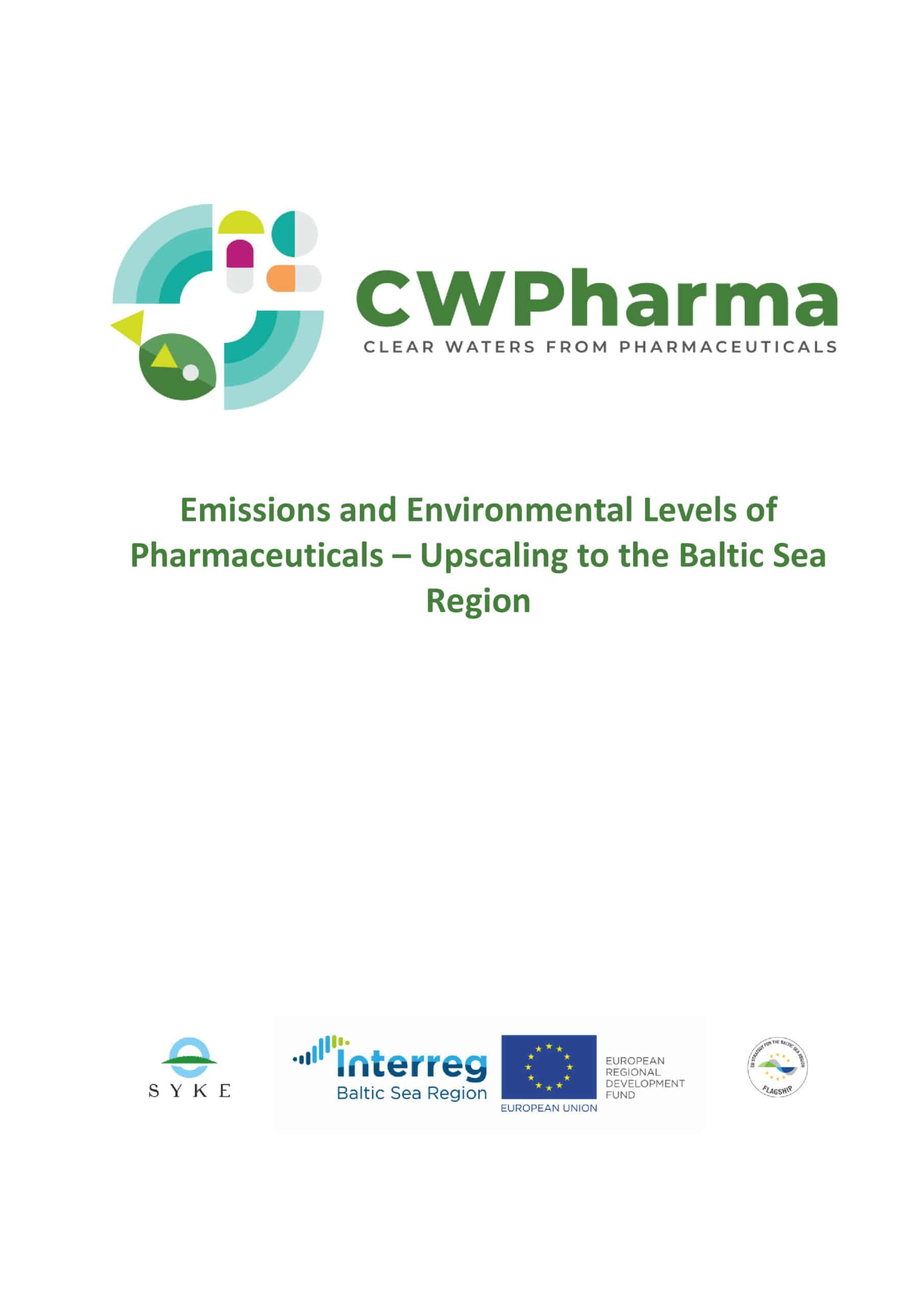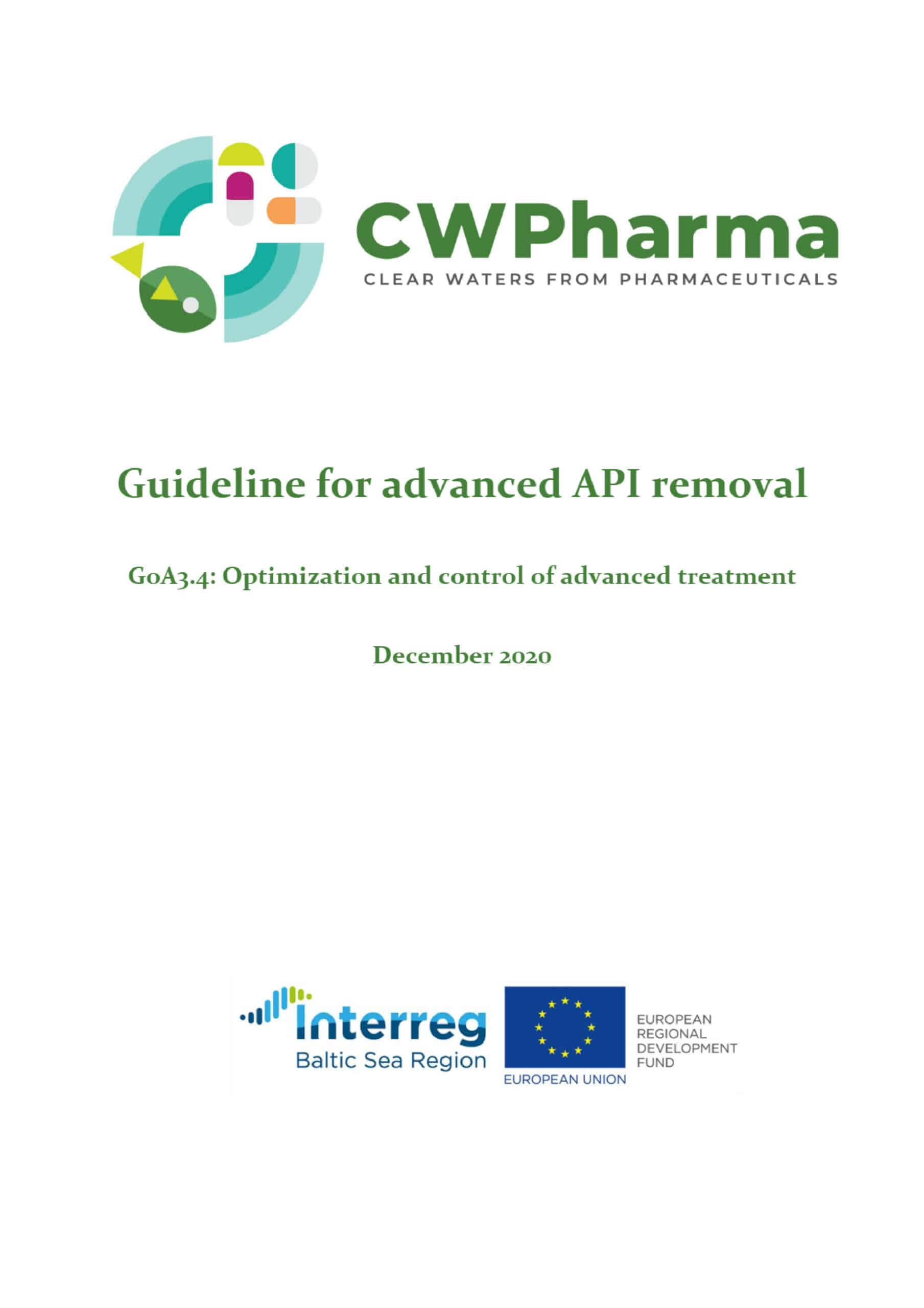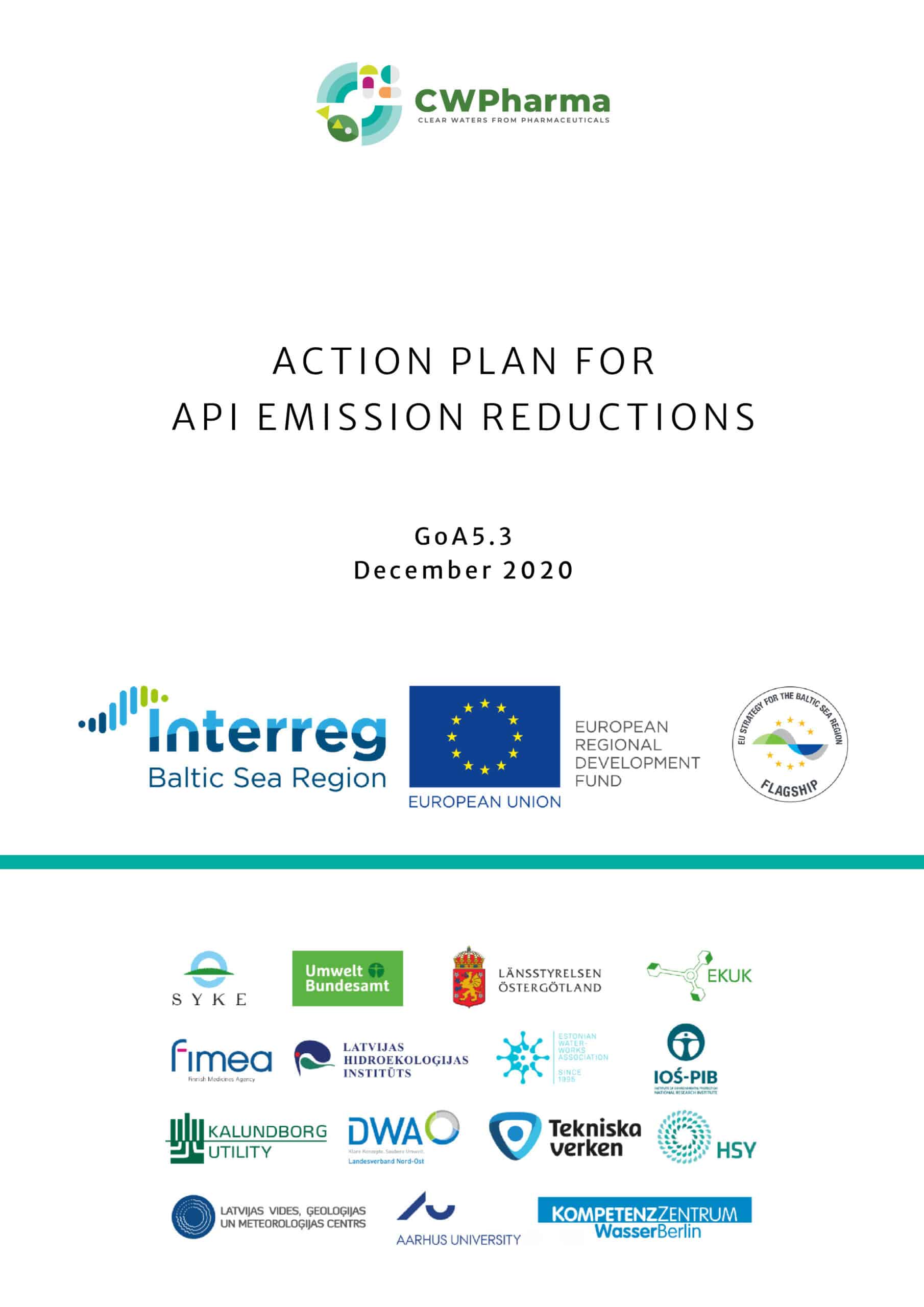CWPharma
Residues of the active pharmaceutical ingredients cause concerns
Residues of the active pharmaceutical ingredients (APIs) like hormones, anti-inflammatory, analgesics or antibiotics, contaminate waters of the Baltic Sea and negatively affect the marine space. The residues that risk contaminating a large catchment area of the Baltic Sea have been identified but their impact on the environment requires an in-depth analysis. There are regulations on the EU level that require the countries to set up take-back schemes and disposal of unused medicine. However, on the national level, there is not always a unified approach or strictly obliging regulations that would accelerate actions on tackling the challenge. As an example, consumption data of veterinary APIs in agriculture and aquaculture is limited from Finland and Germany (only antimicrobial drugs) and totally missing from other countries in the Baltic Sea region.
A need for reliable data and knowledge
With the HELCOM status report on pharmaceuticals as a starting point, the project CWPharma intended to mobilise the countries across the Baltic Sea and provide adequate and reliable data and knowledge. Thus, transnational cooperation and best practice exchange would raise awareness on evaluation of various API emission reduction measures such as advanced wastewater treatment, upgraded take-back schemes, disposal of unused medicines, sharing environmental data on pharmaceuticals and their impact would provide a better understanding of the challenge and how to make measures more targeted.
The knowledge and data would enable a multitude of stakeholders, from municipal organisations, supervisory and permitting authorities, operators of waste disposal sites and waste water treatment plants to pharmaceutical industry and research, to make decisions in tackling pharmaceutical emissions.
Budgets
in numbers
-
3.73MillionTotal
-
2.88MillionErdf
-
0.00MillionEni + Russia
-
0.00MillionNorway
Achievements
The project CWPharma gathered 15 partners from Finland, Sweden, Denmark, Germany, Poland, Latvia and Estonia to develop tools and recommendations for policymakers, national and regional authorities, municipalities and the pharma industry to enable reduction of the emissions to the Baltic Sea.
Data and knowledge collection
CWPharma mapped the current situation and compiled data on pharmaceutical sales, concentrations of APIs in e.g. Poland, Latvia and Estonia, removal rates as well as changed patterns in wastewater ecotoxicity during advanced wastewater treatment, like optimising advanced wastewater treatment techniques aimed to remove pharmaceuticals. Optimised treatment was piloted in Kalundborg (Germany), Linköping (Sweden) and Helsinki (Finland). The partners collected the data by sampling in each participating country´s catchment areas and by other testing, with e.g. ozonation and post-treatment. The data allowed to develop a model that would estimate the exiting API emissions and coastal concentrations in the Baltic Sea and assessed the impact of emissions reduction measures. As regards the emission reduction and management measures, the partners tested additional wastewater treatment, optimised compilation of data on disposal of pharmaceutical waste, as well as spread the accumulated knowledge, including APIs environmental classification.
Pilots
The project piloted different API removal technologies, and summarised the main findings as well as a compilation of relevant practical aspects for planning, implementation and operation in the guidelines. The piloting included implementation and operation of advanced wastewater treatment for API elimination at three ozonation plants (full-scale in Kalundborg (DK) and Linköping (SE), pilot-scale in Berlin/DE) as well as retention of powdered activated carbon at pilot-scale in Helsinki (FI). The results show that APIs can be efficiently reduced by ozonation and integration of such technologies into existing WWTPs, and this is technically and economically feasible. The reports about pilots are available for public use.
Targeted discussions and training
For reaching the targets and ensuring the viability of the findings, the CWPharma partners involved responsible authorities, the pharma industry, wastewater treatment utilities, interest groups, pharmacists, doctors, veterinarians with whom they discussed the key findings, searched for feasible solutions and jointly disseminated the data. Thus, the project strengthened the skills of wastewater plants and municipal authorities by sharing and discussing the guidelines and arranging workshop training. The updated knowledge and skills will enable the plants operators and municipal workers to manage advanced wastewater treatment in a more cost-efficient way.
For a better streamline of the results, the project partners developed an Action plan where they complied prioritisation and suggestions on policy orientated measures to enable reduction of API emissions to the Baltic Sea.
Outputs
Current emissions of active pharmaceutical ingredients (APIs) into the Baltic Sea

Guideline for advanced API removal

Action plan for API emission reduction

Project Stories
-
06.05.2021
How to reduce pharmaceutical emissions posing a threat to wildlife in the Baltic Sea?
Active pharmaceutical ingredients are found in our environment at concentrations that pose a risk to wildlife. Pharmaceuticals are used to treat humans and animals, and we cannot stop using them. Instead, the overall consumption of pharmaceuticals tends to increase with an aging population. “We must find applicable solutions to decrease the emissions of pharmaceuticals in the Baltic Sea region, and we need to work together.”, states Noora Perkola, a leading researcher in Finnish Environment Institute and leader of the project “Clear waters from pharmaceuticals” (CWPharma).Read full story -
28.01.2019
Screening Baltic Sea for pharmaceuticals
Although pharmaceuticals are useful and often lifesaving for people, they may contaminate the Baltic water and marine life, for example if inappropriately disposed. CWPharma, an Interreg Baltic Sea Region project, picks up this pressing challenge and screens active pharmaceutical ingredients to analyse the sources, emissions and environmental concentrations of pharmaceuticals in the Baltic Sea region.Read full story
Partners
Finnish Environment Institute (SYKE)
- TownHelsinki
- RegionHelsinki-Uusimaa
- CountryFinland
- RepresentativeNoora Perkola
- Phone
- E-Mail
- Web
County administrative board (CAB)
- TownLinköping
- RegionÖstergötlands län
- CountrySweden
- RepresentativeHelene Ek Henning
- Phone
- E-Mail
- Web
Estonian Environmental Research Centre (EERC)
- TownTallinn
- RegionPõhja-Eesti
- CountryEstonia
- RepresentativeVallo Kõrgmaa
- Phone
- E-Mail
- Web
Berlin Center for Competence of Water (KWB)
- TownBerlin
- RegionBerlin
- CountryGermany
- RepresentativeUlf Miehe
- Phone
- E-Mail
- Web
Aarhus university (AU)
- TownRoskilde
- RegionØstsjælland
- CountryDenmark
- RepresentativeKai Bester
- Phone
- E-Mail
- Web
Kalundborg Utility
- TownKalundborg
- RegionVest- og Sydsjælland
- CountryDenmark
- RepresentativePreben Thisgaard
- Phone
- E-Mail
- Web
Technical facility Linköping (TVAB)
- TownLinköping
- RegionÖstergötlands län
- CountrySweden
- RepresentativeRobert Sehlén
- Phone
- E-Mail
- Web
Finnish medicines agency (Fimea)
- TownHelsinki
- RegionPohjois-Karjala
- CountryFinland
- RepresentativeTerhi Lehtinen
- Phone
- E-Mail
- Web
Helsinki Region Environmental services Authority (HSY)
- TownHelsinki
- RegionHelsinki-Uusimaa
- CountryFinland
- RepresentativeMari Heinonen
- Phone
- E-Mail
- Web
Institute of Environmental Protection - National Research Institute (IOS)
- TownWarsaw
- RegionMiasto Warszawa
- CountryPoland
- RepresentativeRadosław Kalinowski
- Phone
- E-Mail
- Web
Latvian Institute of Aquatic Ecology (LIAE)
- TownRiga
- RegionRīga
- CountryLatvia
- RepresentativeIeva Putna-Nimane
- Phone
- E-Mail
- Web
Latvian Environment, Geology and Meteorology Centre (LEGMC)
- TownRiga
- RegionRīga
- CountryLatvia
- RepresentativeMaris Gzibovskis
- Phone
- E-Mail
- Web
Estonian Waterworks Association (EVEL)
- TownTallinn
- RegionPõhja-Eesti
- CountryEstonia
- RepresentativeMihkel Muulman
- Phone
- E-Mail
- Web
German Association for Water, Wastewater and Waste (DWA)
- TownMagdeburg
- RegionMagdeburg, Kreisfreie Stadt
- CountryGermany
- RepresentativeSandra Haase
- Phone
- E-Mail
- Web
German Environment Agency (UBA)
- TownBerlin
- RegionBerlin
- CountryGermany
- RepresentativeFrank Brauer
- Phone
- E-Mail
- Web
-
Project managerNoora PerkolaFinnish Environment Institution
-
Legal representativeTero EklinFinnish Environment Institute (SYKE)
-
Financial managerMaria KoskiFinnish Environment Institute
-
Communication managerSirpa MäkinenFinnish environment institute



